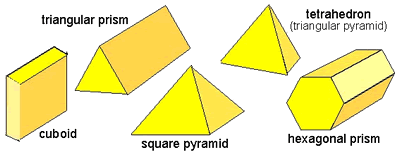English: LO: to create clear instructions.
Today we are going to combine some of our Japan project learning (origami) with our English focus of instructions. I would like you to look at the attached image on this post, which has picture instructions on how to make an origami swan. Can you understand what the instructions are telling you? Try and follow the instructions and make the swan. Are there any parts you don’t understand? If so, create some written instructions to either replace or go with the pictures. Do you think that the instructions would be effective as just words, or do we need some pictures to help us create origami? See the other picture for how my swan turned out!
Maths: LO: to solve problems and puzzles.
Starter: In a far-away land, the lottery consists of four balls numbered 1 to 4, which are placed in a bag.
To enter, you choose one number.
To win, your number must match the number that is drawn from the bag.
What is the chance of winning this lottery? (Think fractions!)
Answer: The chance of winning this lottery is 1 in 4 (¼).
Task: The people running the lottery in this far-away land decide that it is too easy to win. So, they want to change their lottery game. Can you design a new lottery game for them? It could be by bringing more numbered balls into the lottery, or by letting each person choose more than one number (they still have to match them all). How do you know your lottery is harder? You could try and make a draw system by numbering pieces of paper and giving people at home tickets. Did any of them win?








